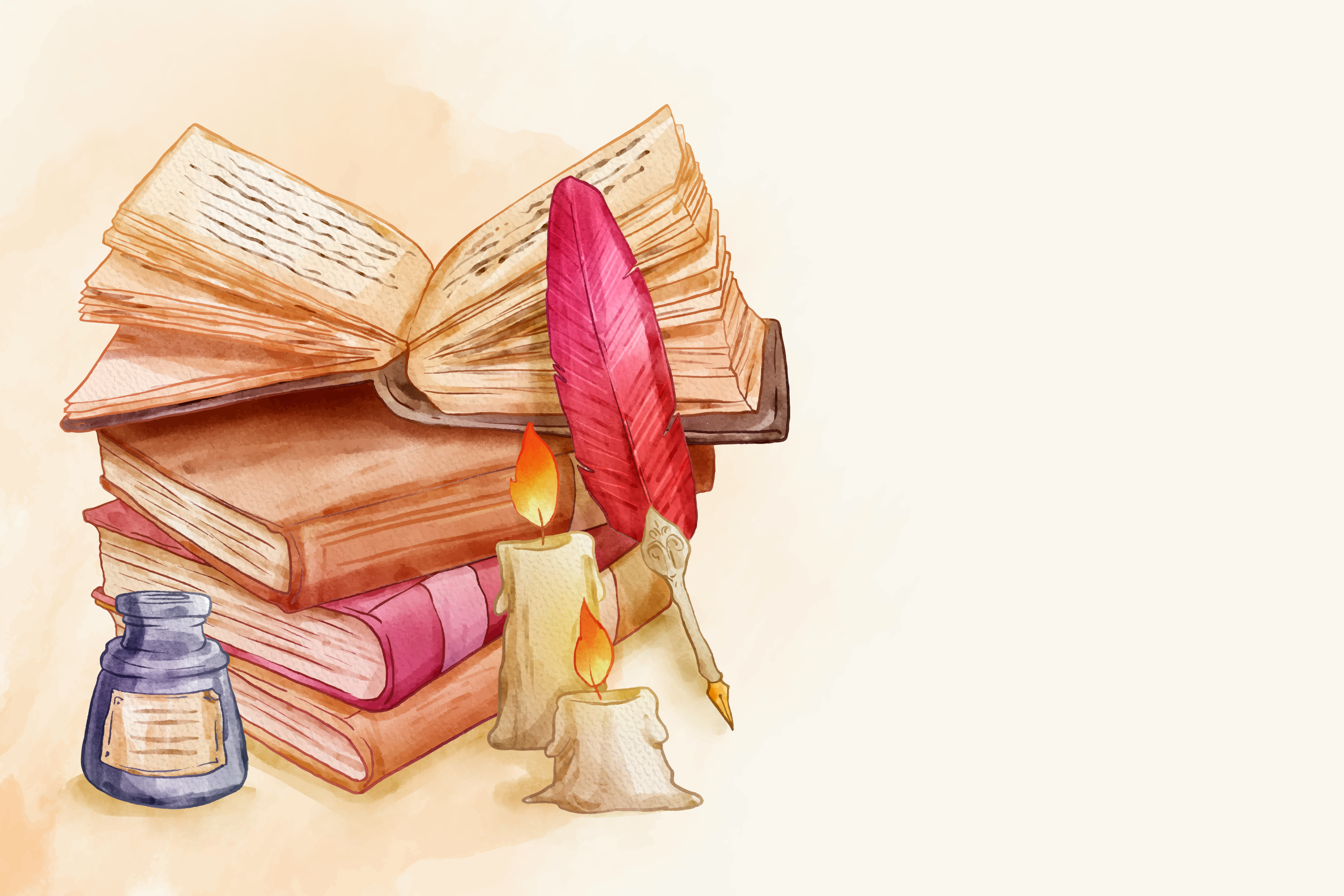
Understanding the Structure of a Poem
Poetry is an art form that weaves words, emotions, and rhythm into a harmonious expression. To truly appreciate a poem, one must understand its foundation: the structure of a poem. This structure is not merely aesthetic—it organizes the poet’s thoughts and enhances the reader’s experience.
What Is the Structure of a Poem?
The structure of a poem refers to how its components—lines, stanzas, rhyme, and rhythm—are arranged to create meaning and impact. It can vary widely, from strict forms like sonnets to the free-flowing lines of modern free verse. Platforms like The Poetry Blog often explore these variations, providing insights into how structure influences meaning in both classic and contemporary poetry. Understanding what is a structure of a poem helps students grasp the interplay between form and content.
Poetic forms are often highlighted in educational resources like thePoetry Foundation.
Core Elements of Poem Structure
Lines and Stanzas
The foundation of any poem lies in its lines and stanzas.
-
Lines: The basic unit of a poem, varying in length and rhythm to convey different tones and ideas.
-
Stanzas: Groups of lines, much like paragraphs in prose, that organize themes or emotions.
Different structures like quatrains or couplets influence how themes are presented in poetry.
Rhyme Scheme
A rhyme scheme is the pattern of rhyming words at the ends of lines. Common schemes include ABAB, AABB, and free verse.
Rhyme schemes influence a poem’s rhythm and mood, as detailed guides like the one fromMasterClass show.
Rhythm and Meter
Meter refers to the rhythmic structure of a poem based on stressed and unstressed syllables. Examples include iambic pentameter or trochaic tetrameter. The meter provides a musical quality, influencing how the poem resonates with readers.
Analyzing the Structure of a Poem
Learning how to analyze what is the structure of a poem can enhance one’s understanding of poetry.
-
Identify the Form
Is the poem a sonnet, haiku, limerick, or free verse? Recognizing the form reveals the poet’s intent and stylistic choices.
-
Examine Visual Layout
The arrangement of lines and stanzas can emphasize themes or create a visual impact.
-
Assess Rhyme and Rhythm
Look at the rhyme scheme and meter to see how they influence the flow and mood of the poem.
-
Note Repetition and Patterns
Repetition of sounds, words, or phrases often emphasizes a poem’s key ideas.
Educational organizations like thePoetry Society provide resources to deepen understanding of these elements.
Teaching Poem Structure in Classrooms
Educators play a vital role in helping students explore what is a structure of a poem.
-
Start with Visuals
Diagrams of poem forms, such as sonnets or haikus, can help explain how lines and stanzas work together.
-
Encourage Creativity
Students experimenting with free verse or structured poetry can better understand how form influences meaning.
-
Analyze Popular Poems
Classic works like Stopping by Woods on a Snowy Evening and Still I Rise illustrate the interplay of structure and content.
-
Integrate Technology
Digital tools and apps can help students create and format their poems.
The Importance of Poem Structure
The structure of a poem is not just about organization—it shapes meaning, rhythm, and emotional resonance. A well-structured poem can highlight themes, create rhythm, and amplify emotional impact.
For students and educators, mastering what is the structure of a poem enriches the appreciation of poetry’s artistry and complexity.
Conclusion
Understanding what is the structure of a poem unlocks deeper layers of meaning, allowing readers to appreciate the artistry behind the words. Whether analyzing classic works or creating original poems, exploring the structure offers invaluable insights into this literary form. For instance, analyzing unique works like an electricity poem can demonstrate how unconventional themes and structures can electrify a reader's imagination. By integrating this knowledge into education, students can better understand poetry, enhancing their literary skills and creativity.
Students looking for stress-free academic help rely on essay providers for tailored content that’s polished and plagiarism-free. You can pay SkillHub to write my resume or
ask SkillHub to write my resume.
